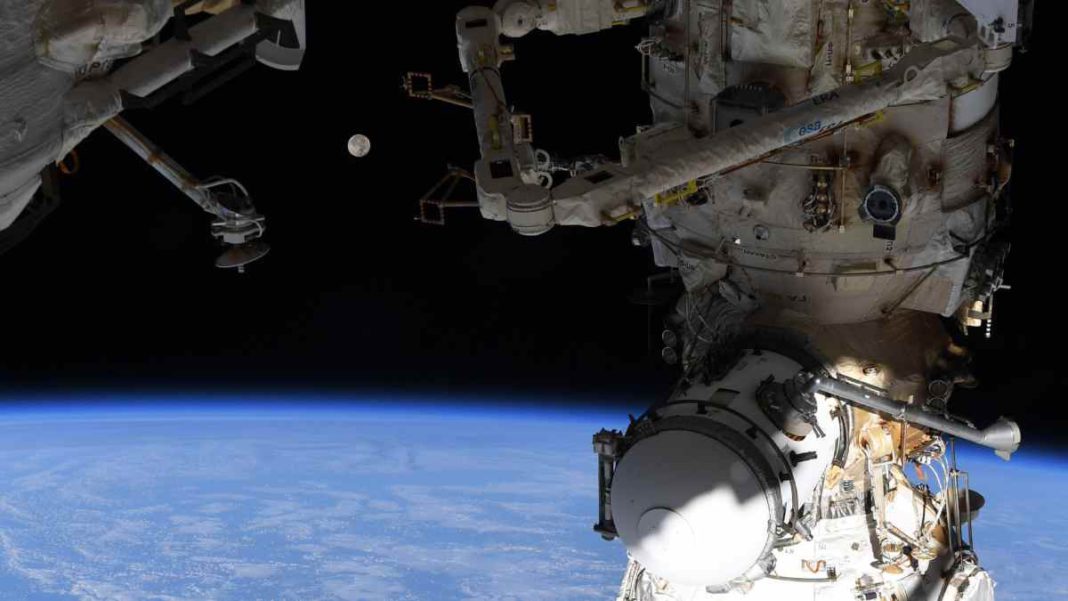UNITED STATES: European Space Agency (ESA) astronaut Andreas Mogensen, a seasoned space explorer, has embarked on a groundbreaking mission aboard the International Space Station (ISS) to unravel the mysteries of how light and sleep influence the human body’s circadian rhythm in space.
Mogensen’s mission, a part of Expeditions 69 and 70, marks his second journey to the ISS and his first extended stay aboard the orbital lab, where he will live and work for an impressive six months.
Mogensen’s mission took flight as part of the NASA-SpaceX Crew-7 mission, with his arrival at the ISS occurring just last week. His journey to the space station was aboard the SpaceX Crew Dragon, a testament to the international collaboration in space exploration. The core focus of Mogensen’s mission is to delve into the intricate dance between light exposure and the circadian rhythms of astronauts.
The circadian rhythm, often referred to as the body’s internal clock, orchestrates the physical, mental, and behavioral changes that humans undergo over a roughly 24-hour cycle. This rhythm is closely linked to fluctuations in core body temperature and plays a pivotal role in governing metabolic processes and sleep patterns.
One of the unique challenges faced by astronauts during their missions in space is the disruption of their natural daily rhythm. The ISS, which orbits Earth every 90 minutes, subjects astronauts to an astonishing 16 sunsets and sunrises in a single day. This unearthly routine can make it challenging for astronauts to establish a consistent daily rhythm.
To tackle this issue, SAGA Space Architects from Copenhagen, Denmark, have devised a cutting-edge solution: a specialized lamp designed to support astronauts’ circadian rhythms.
Mogensen has installed this lamp in his crew cabin, where it is synchronized with his sleep schedule and adjusts its lighting accordingly. In the evening, as Mogensen prepares for rest, the lamp bathes his cabin in a soothing red light, simulating a calming sunset.
When he awakens in the morning, the lamp bathes the space in a rejuvenating blue light, mirroring the hues of a morning sky. These carefully selected colors aim to replicate the natural progression of light throughout a day on Earth, an experience rarely encountered by astronauts on the ISS.
In addition to the circadian rhythm lamp, researchers from Aarhus University in Denmark are conducting an innovative experiment to measure Mogensen’s brain activity during sleep using a compact electroencephalogram (EEG) device.
Resembling in-ear headphones, this measuring device will be worn by Mogensen as he sleeps, allowing scientists to analyze his brain activity throughout the night. This unique approach is less invasive and more comfortable for astronauts than traditional helmet-style EEG measurement devices, which often come with discomfort and wires.
The overarching goal of these experiments is to enhance our comprehension of how light exposure and sleep patterns can be managed effectively in space. This knowledge will be invaluable in supporting astronauts’ mental and physical well-being during extended missions aboard the ISS and beyond.
Andreas Mogensen’s mission represents a significant step forward in our quest to unlock the secrets of the human body’s adaptation to the demanding environment of space.
As the ESA astronaut continues his work in the microgravity of the ISS, his research promises to pave the way for healthier, more harmonious lives for those who embark on the celestial journeys of the future.
Also Read: NASA Confirms Six New Worlds, Surpassing 5,500 Exoplanets



